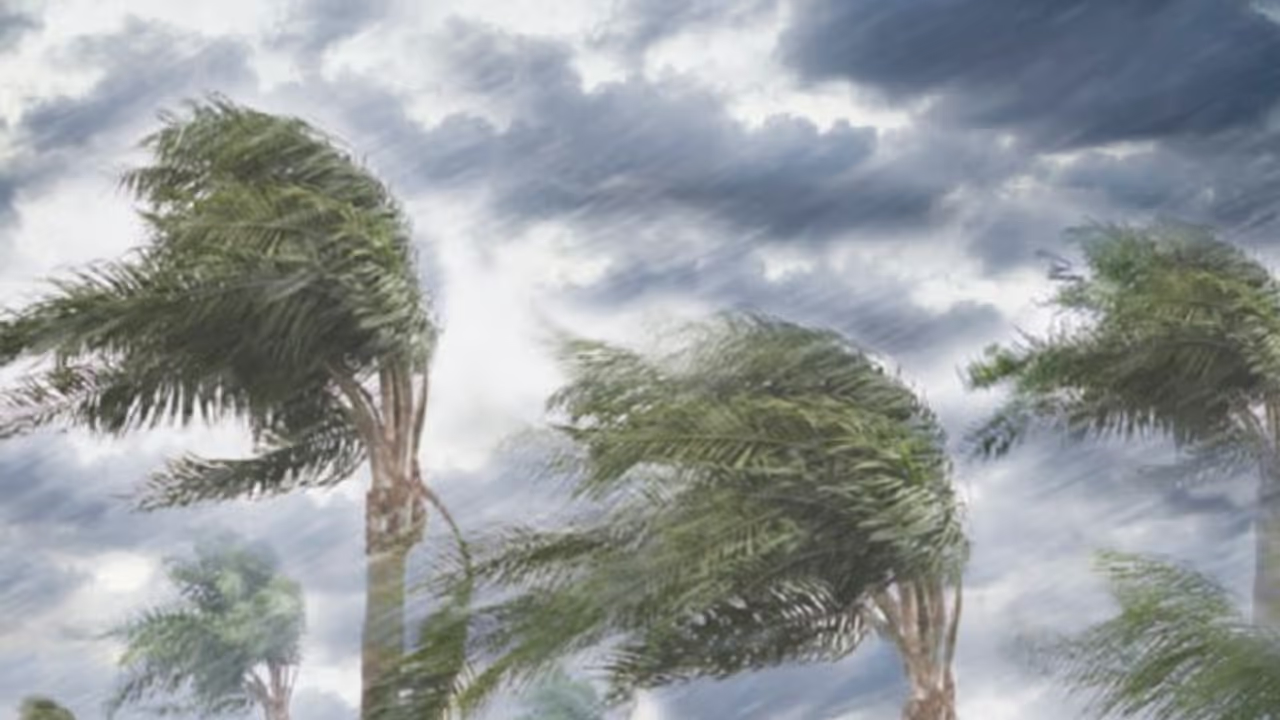The tradition started with naming Cyclones arising from Atlantic Ocean with wind speeds of more than 39 miles per hour. The storm is iconsidered a hurricane in the Atlantic, a typhoon in the Pacific and a cyclone in the Indian Ocean.
Bengaluru: Cyclone Phethai is all set to hit the Andhra Pradesh coast by Monday. There is deep depression in the Bay of Bengal around 900 km off Chennai. Thus, not only Andhra Pradesh, but also Tamil Nadu, Chhattisgarh and Odisha are expected to experience heavy rainfall and some amount of damage.
This cyclone is named Phethai and it is the sixth cyclone of 2018 in the North Indian oceanic cyclone season to have a name. The name was given by Thailand. Previously cyclones namely Sagar, Mekunu, Luban, Titli and Gaja hit various Indian states.
Tamil Nadu is still recuperating from the effects of Cyclone Gaja that hit the state on November 11. Now, the neighbouring state Andhra Pradesh will be facing the threat of damage to properties and natural resources including danger to the lives of people, living especially in low lying areas.
Why do Cyclones need a name?
The tradition started with naming Cyclones arising from Atlantic Ocean with wind speeds of more than 39 miles per hour. While naming hurricanes, typhoons, cyclones are the same. It is considered a hurricane in the Atlantic, a typhoon in the Pacific and a cyclone in the Indian Ocean.
Currently, if the wind speed of the storm crosses 74 mph, it is then classified into a hurricane or cyclone or typhoon.
Initially, cyclones were named after saints from the Roman Catholic Liturgical calendar, based on which saint’s day was it on the day storm hit the region. This tradition continued till World War II.
But later, there were protests against the naming of cyclones and other forms based on religious names and finally in 1953, the US weather service created a new phonetic alphabet of women's names from A to W, leaving out Q, U, X, Y and Z.
But this too led to protests by pro-women empowerment, liberal groups in the 1960s and 70s. Then came the change and male names were included in 1978.
The year's first storm would begin with the letter "A", the second with the letter "B" and so on. In even-numbered years, odd-numbered storms got men's names and in odd-numbered years, odd-numbered storms got women's names, say reports.
The names of the storms are finalised by the World Meteorological Organization.
The first cyclone to be named under the new structure was cyclone Alix that struck Mauritius Island in February 1960. With wind speeds ranging from 160 km/h to 200 km/h, the cyclone hit most part of Mauritius for nearly 20 hours.
In case of storms in the Indian Ocean, naming cyclones began only in 2000. A formula signed in 2004 with Bangladesh, India, Maldives, Myanmar, Oman, Pakistan, Sri Lanka and Thailand contributing names that are assigned sequentially.
Interestingly, the names of storms that caused high damage are not used again at least for 10 years. It is said that the names are not used again as a respect to the people who died in the storm.
However, sometimes the name of hurricane used earlier is re-used with a slight change like Hurricane Mark was used again as Hurricane Marc. The name is also replaced with a name of the same gender and it must begin with the same letter.
